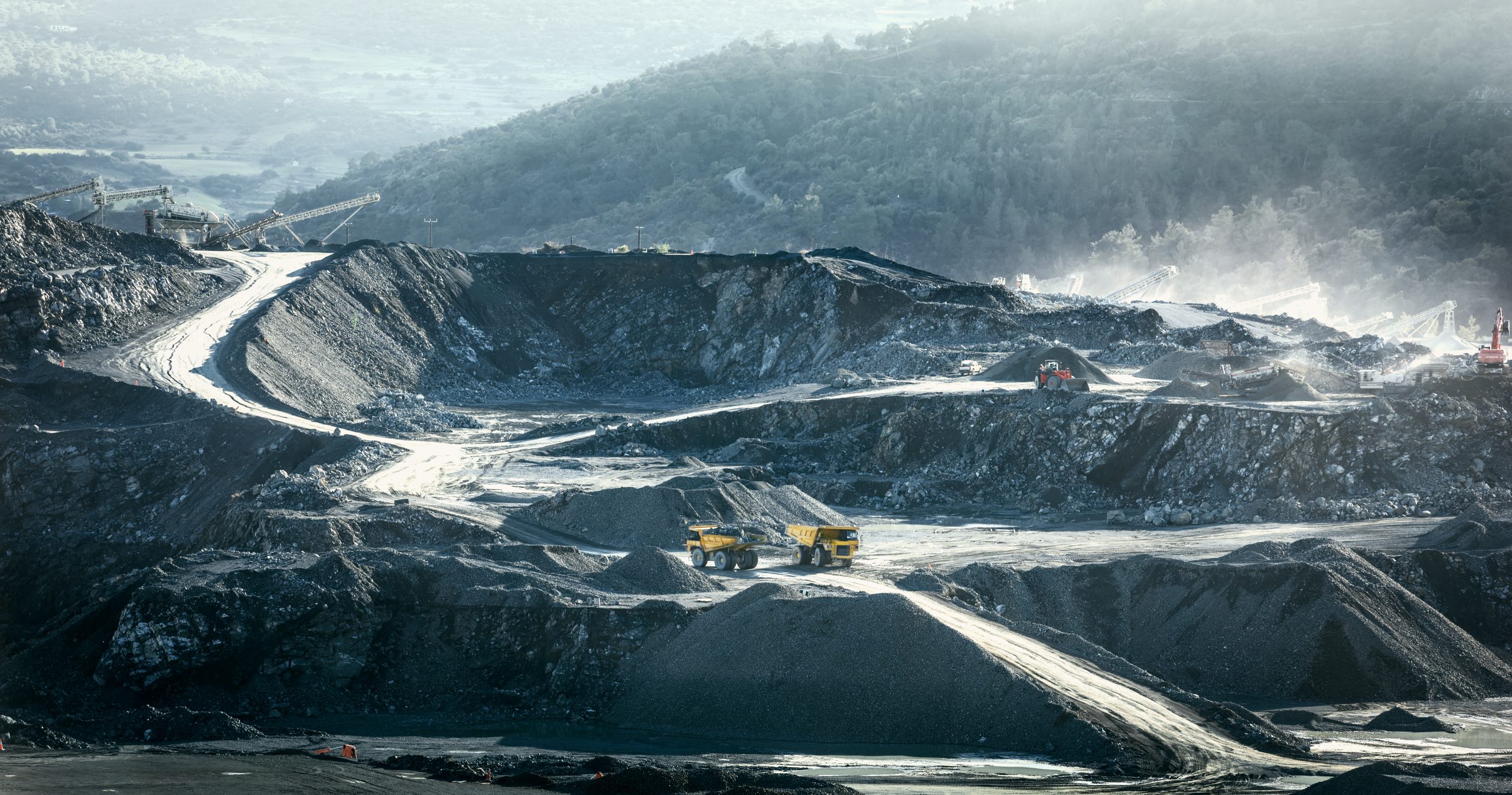
For centuries, mining has played a vital role in human progress. From the bronze age to the modern era, minerals have fueled innovation, construction, and economic growth. However, traditional mining practices have also had a significant impact on the environment, causing deforestation, water pollution, and soil degradation.
Fortunately, a new wave of innovation is changing the game. Geospatial technologies are emerging as a powerful tool for implementing sustainable mining practices, minimizing environmental impact, and ensuring a brighter future for the industry and the planet.
Unveiling Hidden Depths: Exploration with Precision
Traditionally, exploration for valuable resources relied on a mix of luck and educated guesses. Geospatial technologies are bringing a new level of precision to this process.
- Satellite Imagery and LiDAR: High-resolution satellite images and LiDAR (Light Detection and Ranging) data provide detailed information about the Earth’s surface, allowing geologists to identify potential mineral deposits with greater accuracy.
- 3D Geological Modeling: By combining this data with existing geological information, companies can create 3D models of the subsurface, giving them a clearer picture of where to focus their exploration efforts. This reduces the need for intrusive exploration techniques, minimizing environmental disruption.
- Advanced Geophysics: Geophysical surveys using techniques like magnetics, gravity, and induced polarization can provide valuable insights into the composition and structure of the subsurface, further refining exploration targets.
- Machine Learning and Big Data Analytics: By applying machine learning algorithms to vast datasets of geological data, exploration companies can identify subtle patterns and anomalies that might indicate the presence of valuable minerals. This allows them to explore areas that might have been overlooked using traditional methods.
- Remote Sensing Techniques: Spectral analysis of satellite and airborne imagery can help identify minerals based on their unique spectral signatures. This can be particularly useful for exploring for hidden or deeply buried deposits.
Minimizing the Footprint: Optimizing Mine Operations
Once a deposit is located, geospatial technologies play a crucial role in optimizing mining operations and reducing their environmental footprint.
- Precision Mine Planning: Using software that integrates geological data, engineers can create detailed mine plans that minimize waste rock removal and optimize resource extraction. This not only reduces the overall footprint of the mine but also conserves valuable resources.
- Real-Time Monitoring: Sensor networks and GPS tracking allow for real-time monitoring of mining activities. This data can be used to identify potential environmental issues, such as sediment runoff or air pollution, allowing for immediate corrective action.
- Drone-based Surveys: Regular drone surveys can be used to create high-resolution maps of the mine site, allowing for more precise monitoring of stockpiles, land movement, and potential areas of erosion.
- Automated Equipment: Geospatial data can be integrated with autonomous haul trucks and other mining equipment. This allows for more efficient use of machinery, reducing fuel consumption and emissions.
- Blast Optimization: By using 3D models of the mine site and sophisticated blasting software, engineers can design more targeted blasts. This minimizes the amount of explosives required and reduces the generation of waste rock.
Safeguarding the Environment: Mitigating Risks
Mining can pose significant risks to the environment, including water contamination, land degradation, and habitat loss. Geospatial tools can help mitigate these risks:
- Environmental Impact Assessments: Detailed 3D models of the surrounding landscape, generated using satellite imagery and drone surveys, can be used to predict the potential environmental impact of mining operations. This allows companies to proactively design mitigation strategies, such as constructing sediment control basins or planning for habitat restoration.
- Land Reclamation Planning: Once mining is complete, the goal is to restore the land to a functional state. Geospatial data plays a vital role in planning and monitoring these reclamation efforts. By tracking changes in vegetation cover, soil health, and water quality, companies can ensure that the land is successfully returning to its natural state.
- Biodiversity Monitoring: Geospatial technologies can be used to map and monitor sensitive ecosystems near mining operations. By tracking changes in habitat quality and wildlife populations, companies can identify potential threats and take steps to minimize their impact.
- Cultural Heritage Preservation: Geospatial data can be used to identify and map cultural heritage sites that may be impacted by mining activities. This allows companies to plan their operations to avoid or minimize disturbance to these sensitive areas.
- Community Engagement: Geospatial data can be used to create interactive maps that clearly communicate the environmental and social impacts of mining operations to local communities. This fosters transparency and allows for meaningful community engagement in the decision-making process.
The Road Ahead: A Sustainable Future for Mining
The integration of geospatial technologies is transforming the mining industry. By enabling more precise exploration, optimized operations, and effective environmental monitoring, these tools are paving the way for a future where mining can coexist with a healthy planet.
However, the journey towards sustainable mining requires collaboration between mining companies, regulatory bodies, and local communities. By working together, we can ensure that the benefits of mining are shared equitably, while minimizing the impact on our environment.
Envision Beyond is committed to using geospatial technologies to create a more sustainable future. We offer a suite of solutions designed to help mining companies optimize their operations, minimize their environmental impact, and embrace responsible practices.
Let’s work together to unearth a sustainable future for mining.
